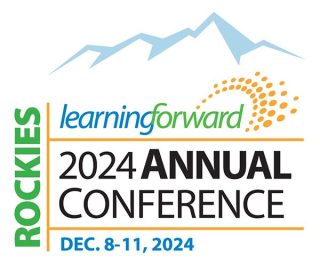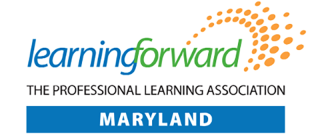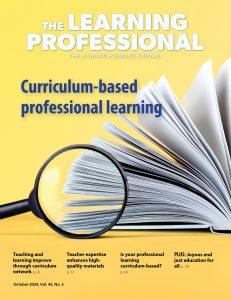Teachers agree that supporting diverse learners with high needs is a priority
Dallas, Texas — March 23, 2011 — According to the new MetLife Survey of the American Teacher: Preparing Students for College and Careers, a substantial majority of teachers, parents, and Fortune 1000 executives believe that one of the nation’s highest priorities in education should be preparing secondary students for college and career success.
Last year’s survey unveiled an expectation gap between teachers and students with regard to college readiness and success. A high percentage of students (79%) reported planning to attend a two- or four-year college, while teachers expected only 50% to attend. One year later, teachers report that 64% of their students will graduate from high school ready for college without the need for remedial coursework. Recognizing schools are not meeting their goals to help all students meet career and college ready standards, on average teachers give their schools a “B” when asked to rate the quality of education students are receiving.
“I’m interested to read that teachers are in such widespread agreement about the importance of reaching diverse learners as the highest priority in preparing students for post-secondary success,” said Stephanie Hirsh, executive director of Learning Forward. Nine in ten teachers (91%) say that strengthening programs and resources to help diverse learners with the highest needs should be a priority in education, including 59% who say this must be done as one of the highest priorities. “This pinpoints very clear professional learning needs for our educators,” said Hirsh.
Teachers say the following resources would have a major impact on their ability to address these needs:
- Opportunities for collaborative teaching (65%);
- Access to online and other technology-based resources that allow them to help personalize education according to the learning profiles of their students (64%);
- Better tools for understanding students’ learning strengths and needs (63%);
- Instructional strategies to teach effectively in a classroom where many students speak a language other than English (62%);
- Availability of a learning expert to help them assess student-learning profiles and develop targeted learning management plans (47%); and
- More knowledge about neuroscience, brain development and how students learn (46%).
Hirsh continued, “What teachers say they need is consistent with what research identifies as among the characteristics of effective teaching and high-performing schools. With fewer resources and higher stakes, decision makers must listen to the individuals charged with delivering better results. Ensuring teachers have access to effective professional learning and support every day can ensure that students experience the kind of instruction that will prepare them for college and careers.”
The survey is the 27th in an annual series from MetLife Foundation. Teaching Diverse Learners, part 2 of this year’s survey, looks at differences in student needs, how teachers address them, and how well students feel their needs are being met. The survey examines views among middle and high school teachers, students, parents and business executives from Fortune 1000 companies on what it takes to graduate each and every student from high school ready for college and a career, along with the implications for teaching diverse learners – students whose low income status, limited English fluency, or learning disabilities make learning more difficult.






